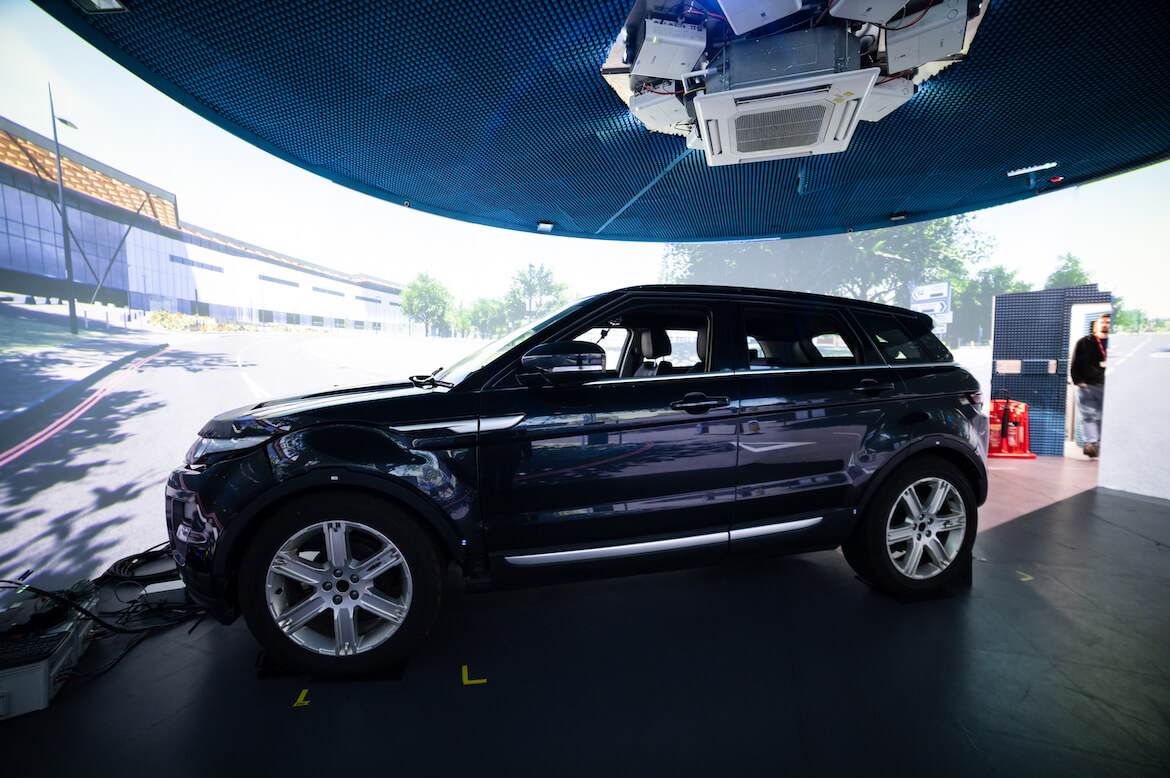Safe Autonomy
No items to show
Safe Autonomy Research Group
About the Safe Autonomy Research Group
Innovative automated transport technologies (ATS) have the potential to keep our roads safe and make everyone's journey better.
The emerging connected and automated mobility (CAM) technology could save about 4,000 lives, prevent 60,000 serious road accidents, and deliver more than £65 billion in economic benefits annually to the United Kingdom. To deploy CAM technology on our roads, it needs to be proven safe.
Our vision is to ensure the safe introduction of automated transport technologies in society by preventing all potential incidents.
Our mission is to create knowledge and methodologies for industry to prove that the technologies are safe for society.


£15M+
Research funding

£2M+
Research revenue

20+
Research projects

100+
International partners

10+
International and national funders

10+
International and national standards and regulations

Research focus area
Test scenarios
Scenarios are essentially virtual “what if” situations that an Autonomous Driving System (ADS) might face on the road.

Research focus area
Safe AI
Focuses on developing methodologies and mechanisms to ensure AI systems are safe to develop safety-critical technologies.

Research focus area
Test environment
To perform the execution of the scenarios, we need an execution environment, which can range all the way from pure virtual to real-world public roads.

Research focus areas
Safety management
Identify and mitigate potential risks through various safety analysis methods. Enabling the safe deployment of Automated Driving System (ADS) and systems.
Sectors
From electric vertical take-off and landing aircraft to maritime autonomy, our group creates and develops evidence-based methodologies to ensure the safety of automated transport systems in aviation, maritime, and automotive.
Projects
Our group has worked on more than 20 research projects, focusing on the safety assurance for automated transport systems in air, marine and land domains, and AI safety.
Professional Training
We offer bespoke training courses for industrial partners and high-ranking executives. From applying a systems-thinking approach in engineering, and scenario creation and language, to communicating safety. All courses are tailored to your organisation's needs.
About Professor Siddartha Khastgir
Professor Siddartha Khastgir is Head of Safe Autonomy at WMG, where he leads international R&D in AI safety and autonomous systems across land, air, and marine transport.
A UKRI Future Leaders Fellow, Forbes 30 Under 30 honouree, and TEDx speaker, he advises the Department for Transport and represents the UK in global standardisation bodies such the International Organisation for Standardisation (ISO) and the United Nations Economic Commission for Europe (UNECE).
He is a Chartered Engineer and member of the Institute of Mechanical Engineers (iMechE) and brings international industry experience from Tata Motors and FEV GmbH.

News & insights
Explore our latest news

Facilities
We have a variety of physical and digital facilities to replicate complex driving scenarios and test your automated driving systems, all in a safe and repeatable environment.
Our 3xD Simulator on campus is one of the world's most adaptable and advanced driving simulators.



